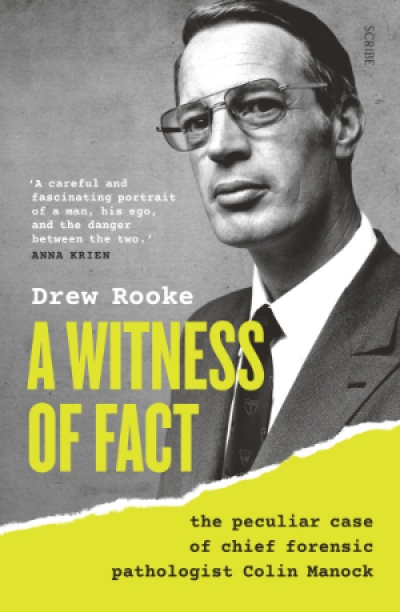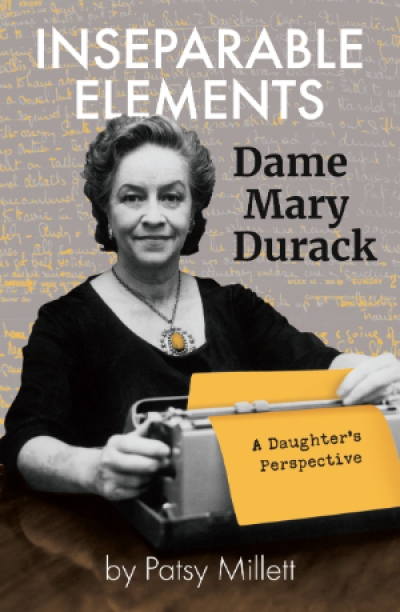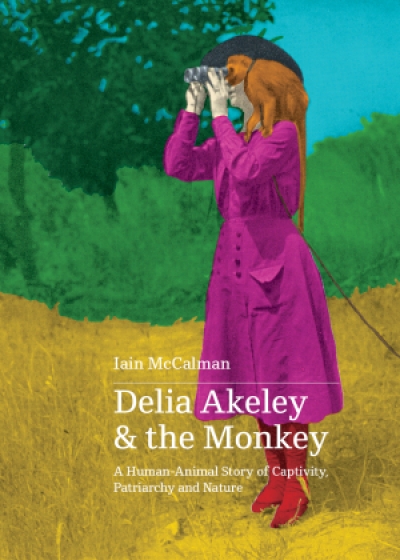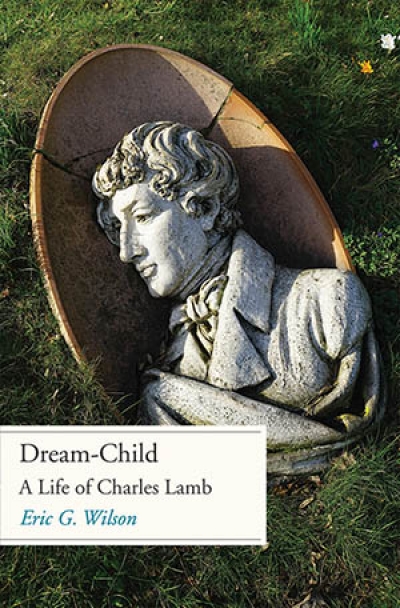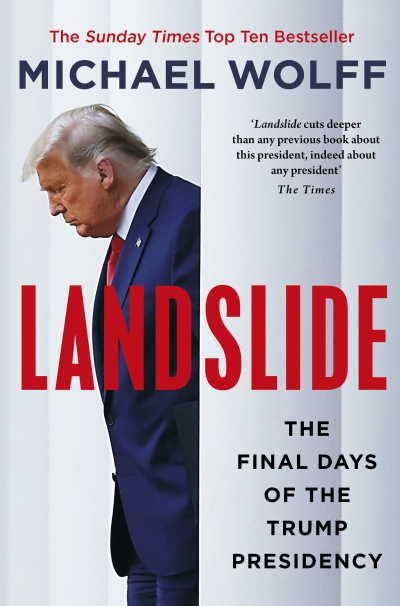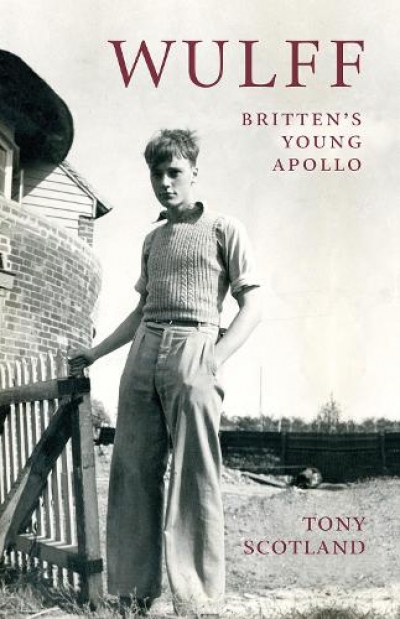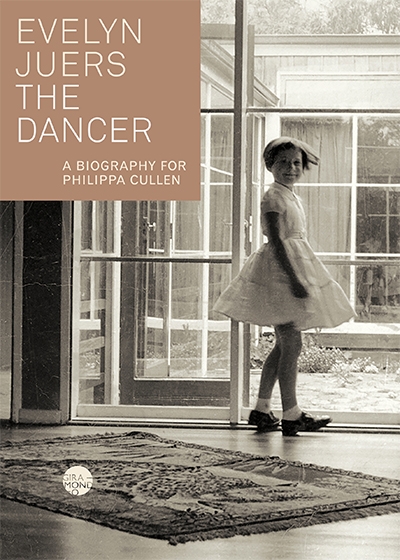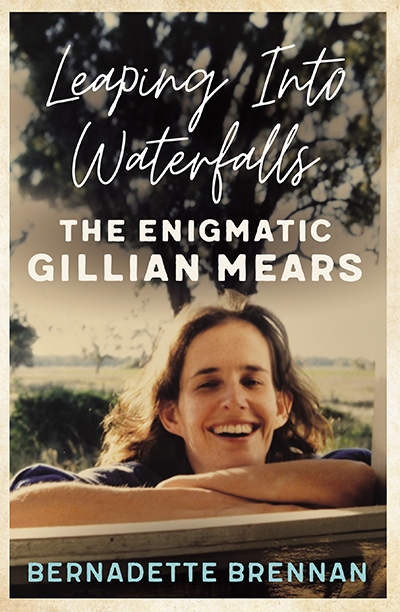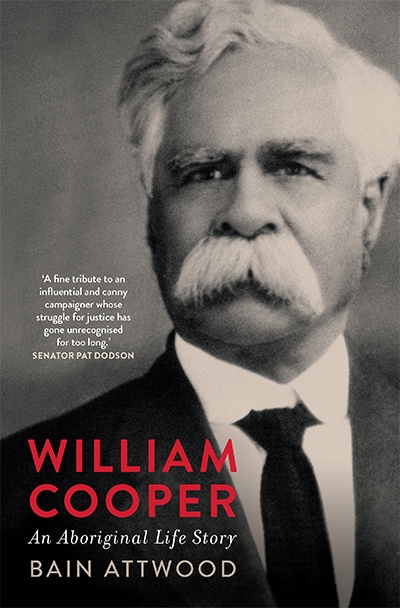Biography
A Witness of Fact: The peculiar case of chief forensic pathologist Colin Manock by Drew Rooke
Drew Rooke begins A Witness of Fact in the viewing gallery of Adelaide’s Forensic Science Centre, his eyes scanning the stainless steel benchtops, scissors, ladles, a pair of ‘large, heavy-duty shears used for cutting through ribs’, and an arsenal of knives of different styles and sizes – ‘what you would see in a commercial kitchen’. The atmosphere is cool, sterile, and menacing. This is where disgraced forensic pathologist Colin Manock worked for thirty years. Given that this book is about Manock, the opening could be confused with scene-setting. But there is a deeper significance to the author’s choice of words, one that goes to the heart of his book: what transforms knives in a commercial kitchen into specialist tools of medical forensics?
... (read more)Inseparable Elements: Dame Mary Durack, a daughter’s perspective by Patsy Millett
Another book about a mother by a daughter, I thought when I saw this one, summoning to mind Biff Ward’s In My Mother’s Hands (2014), Kate Grenville’s One Life (2015), and Nadia Wheatley’s Her Mother’s Daughter (2018). But while each of those books presents an impressive woman cramped – sometimes tragically so – by her postwar circumstances, in this case we have a subject who was nothing short of a national treasure.
... (read more)Delia Akeley and the Monkey: A human-animal story of captivity, patriarchy and nature by Iain McCalman
Family histories are always complicated. Delia (‘Mickie’) Akeley and her monkey, JT Jr, are the titular family in this intriguing book, but its story includes the grand global family of colonial museums, and the personal families of Theodore Roosevelt and the author, Iain McCalman.
... (read more)The life of Charles Lamb reads like a tale by Charles Dickens. In 1775, a sweet-natured boy is born in the Inns of Court, the ancient legal district in the city of London. The boy’s father, John Lamb, works as clerk, scribe, and all-round dogsbody for an imbecilic barrister called Samuel Salt – the names themselves are Dickensian – who does nothing without first consulting his servant. Charles, the youngest child by eleven years, grows up amid the great halls, libraries, chapels, staircases, sundials, fountains, and hidden orchards of the Inner Temple; his early youth is an Eden, but there is a serpent in the garden, because madness runs in the Lamb family.
... (read more)Landslide by Michael Wolff & Peril by Bob Woodward and Robert Costa
The Trump presidency (2017–21) has generated more books across its four years than most presidencies have across eight. It is ironic that an avowedly anti-intellectual president, who advertises his dislike of reading, has had such a profound impact on political literature. These two books – Landslide and Peril – will likely remain the most read of that growing collection. As their titles suggest, each is a chronicle of the chaos that consumed the United States during and after the 2020 election campaign.
... (read more)While there are several biographies of Ivan Turgenev, and one or two specialised studies of his works available in English, there is only one comprehensive attempt at interpretation and criticism –Richard Freeborn’s Turgenev: The novelist’s novelist. The A.N.U. Press’s publication of Robert Dessaix’s doctoral dissertation is a valuable addition to a scanty field, especially as there is very little overlap between the two critical works. This is all the more surprising when one realizes that both are more heavily weighted in the pan of philosophical exegesis than in that of strictly defined literary criticism. Freeborn’s book contains a chapter on style, which Dessaix’s does not, but both authors are mainly concerned to study the major novels in the light of differing but related perceptions of Turgenev’s spiritual development.
... (read more)In 2002 the English filmmaker John Bridcut visited The Red House in Aldeburgh, the archive housing the papers of Benjamin Britten and his long-time partner, Peter Pears. Bridcut was early in his research for a project he would realise two years later as the documentary film Britten’s Children, and then, after another two years, as a book of the same name. I was then head of music at the Aldeburgh Festival, with a few books of my own on Britten under my belt. Partly because the topic interested me and partly because I was soon to leave Aldeburgh, I sidestepped the archive’s historical rectitude regarding Britten’s sexuality and told John that he really needed to track down and interview Wulff Scherchen, Britten’s lover in 1938, who had moved to Australia and was now known as John Woolford. I dug up the last address we had on file for him and left Bridcut to it.
... (read more)What meaning can be drawn from an individual life? Most of us will disappear without much trace, forgotten by all but friends and family. Writers may hope for more, leaving their art behind for posterity. Performance artists, though, live their art in the moment.
... (read more)Leaping into Waterfalls: The enigmatic Gillian Mears by Bernadette Brennan
In 2011, Bernadette Brennan convened a symposium on ‘Narrative and Healing’ at the University of Sydney, an opportunity for specialists in medicine and bereavement to meet writers with comparable interests. Helen Garner, for example, spoke about Joe Cinque’s Consolation. The day included an audiovisual piece about death as a kind of homecoming, with reference to the prodigal son, and exquisite photographs, including a picture of an elderly Irishman wheeling a bicycle with a coffin balanced on the seat and handlebars: austere and moving, a vision of austere and careful final transportation. Since 2011, Bernadette Brennan has written two literary biographies: A Writing Life: Helen Garner and her work (2017); and the wonderfully titled Leaping into Waterfalls: The enigmatic Gillian Mears. As with the Symposium, each biography is a genuine enquiry, a gathering of unexpected elements, and an invitation to later conversation. Brennan writes of Leaping into Waterfalls as an extension of a conversation she had with Mears in 2012. The Mears biography is certain to be a talking point for years to come.
... (read more)The name of Yorta Yorta elder William Cooper shines bright in the history of Aboriginal activism in Australia between the two world wars. It is linked with the formation of the Australian Aborigines’ League, of which he was the founding secretary; the Day of Mourning on the anniversary of white settlement in 1938; and a petition intended for George V, signed by almost 2,000 Aboriginal people and demanding Aboriginal representation in parliament. This last was perhaps Cooper’s most cherished project. He spent years gathering signatures and waiting for the most opportune moment to present it; his disappointment at the indifferent response of the Australian government darkened his final years.
... (read more)

